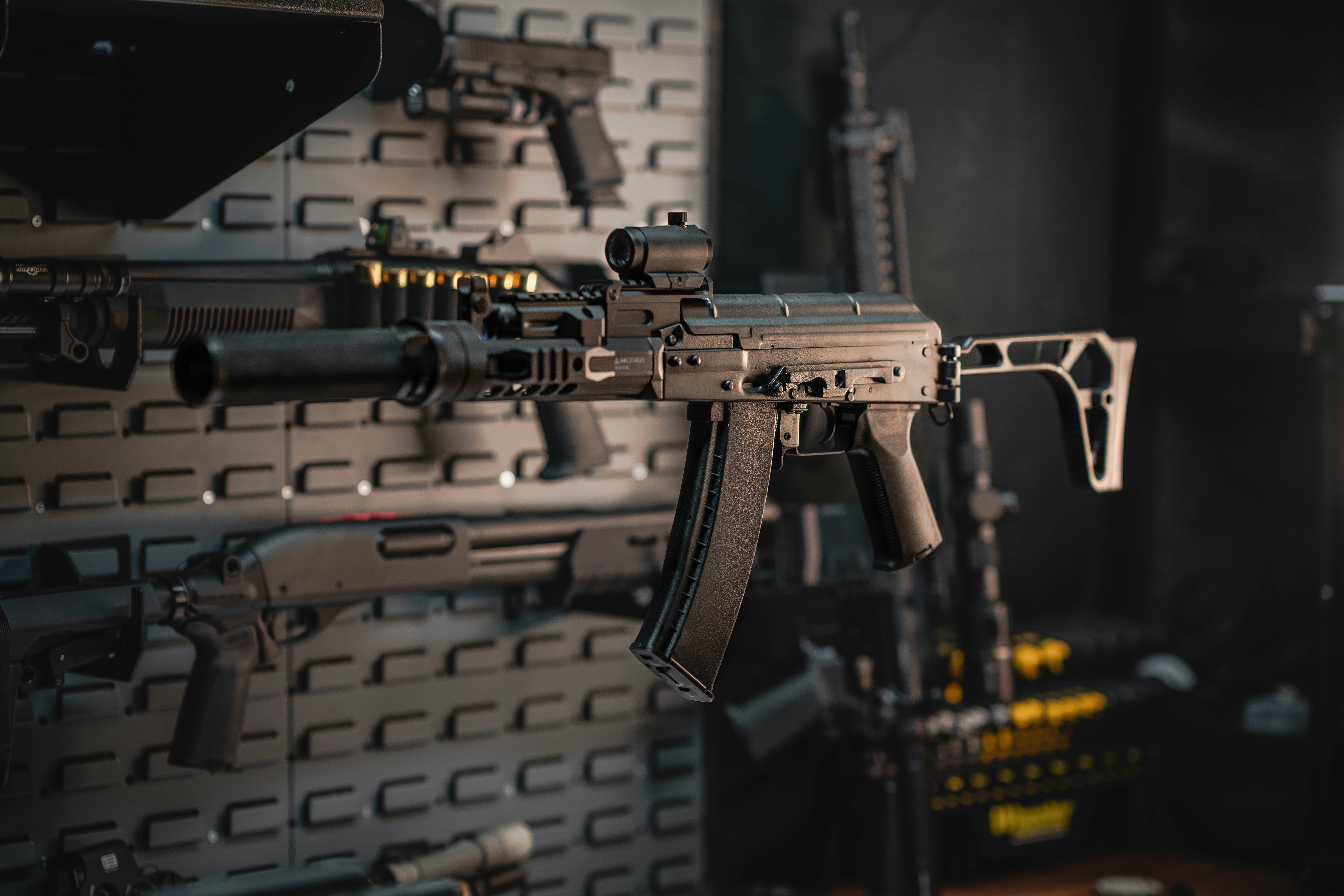
The firearms market is a dynamic sector that continues to evolve, driven by various factors, including technological advancements, cultural trends, and government regulations. One of the less prominent but influential drivers of growth in this market is competitive shooting. While competitive shooting is often viewed as a recreational or sports activity, its impact on the firearms industry extends far beyond personal enjoyment. The relationship between competitive shooting and the growth of the firearms market is multifaceted and deserves closer examination.
The Influence of Competitive Shooting on Firearms Innovation
Competitive shooting has long been a testing ground for firearms innovation. As shooters seek greater accuracy, speed, and efficiency, manufacturers have been pushed to develop cutting-edge products that meet these evolving demands. Innovations such as custom grips, improved barrel designs, and precision optics have often been introduced first in the competitive shooting arena before making their way into civilian markets.
This trend has led to the growth of specialized firearm accessories as enthusiasts and professionals alike seek to enhance their performance. From adjustable stocks to advanced muzzle devices, the range of equipment available to competitive shooters has expanded, contributing to the diversification of the firearms market. These innovations have a lasting impact on consumer preferences, influencing the types of firearms in demand and ensuring that manufacturers continue to push the boundaries of what is possible in the industry.
Competitive Shooters as Key Consumer Drivers
The competitive shooting community is not only a significant influencer of firearm technology but also an important demographic for the firearms market. Shooters often spend substantial amounts of money on high-end firearms, accessories, and ammunition. As a result, this community has become a crucial consumer base for firearm manufacturers, contributing to the market’s growth by demanding top-tier equipment.
Moreover, competitive shooters serve as ambassadors for firearms in their broader social circles. Their knowledge and expertise often make them trusted sources of advice for new buyers, whether they are casual enthusiasts or serious collectors. This word-of-mouth promotion has a ripple effect, influencing others to invest in firearms and related products, thereby expanding the overall market. As competitive shooters continue to grow in number and influence, so too does the firearms industry, driven by their increasing purchasing power.
The Rise of Competitive Shooting Events and Their Market Impact
The increasing popularity of competitive shooting events has also contributed significantly to the growth of the firearms market. National and international competitions, such as those hosted by the National Shooting Sports Foundation (NSSF), attract thousands of participants and spectators each year. These events showcase the latest in firearms technology and create an environment where consumers can interact directly with manufacturers, seeing the products in action and learning more about the capabilities of different firearms.
Additionally, these events offer firearms companies an opportunity to build brand loyalty and engage with their target audience. By sponsoring events or athletes, manufacturers can showcase their products in real-world scenarios, solidifying their position in the competitive shooting community. This visibility directly translates into increased sales, as shooters often prefer to use the same firearms and accessories they see in competition, fueling market growth.
How Competitive Shooting Influences Consumer Preferences
Competitive shooting influences consumer preferences in ways that extend beyond just firearm features. Shooters often demand specific characteristics in their firearms, such as lightweight designs, quick-reloading mechanisms, and ergonomic features. These demands have shaped the design of many guns, with manufacturers continually refining their products to meet the preferences of competitive shooters.
Moreover, competitive shooting has popularized certain firearm styles and calibers, pushing these options into the mainstream. For example, handguns with enhanced trigger mechanisms or rifles designed for long-range precision shooting have gained significant popularity among everyday gun owners, even those who are not involved in competitive shooting. This shift in consumer preferences has driven manufacturers to diversify their offerings, ensuring that they cater to a broader audience while maintaining high standards for performance and reliability.
The Economic Impact of Competitive Shooting on Firearms Retailers
Retailers are also feeling the effects of competitive shooting’s influence on the firearms market. With the increasing demand for high-performance firearms, retailers have had to adapt to changing consumer needs by offering a broader range of products. Many retailers now stock firearms specifically designed for competitive shooting, such as precision rifles and race guns, which are tailored to the rigorous standards of competition.
Additionally, the growing popularity of competitive shooting has led to an increased demand for specialized accessories, including custom sights, grips, and triggers. This has created a robust secondary market for firearms components and aftermarket accessories. Retailers who can cater to the unique needs of competitive shooters can tap into a highly profitable niche market, further fueling the expansion of the firearms industry.
Competitive Shooting as a Catalyst for Firearm Education and Safety
Another way in which competitive shooting contributes to the firearms market is through its emphasis on safety and education. Many competitive shooting organizations offer training programs and safety courses to newcomers, helping to demystify firearms and promote responsible ownership. This educational aspect has had a profound effect on the public perception of firearms, fostering a more informed consumer base.
By encouraging proper handling and maintenance, competitive shooting has helped to create a culture of responsibility among gun owners. This not only benefits the individuals involved in the sport but also contributes to a broader acceptance of firearms within society. As more people become educated about weapons, they are more likely to invest in them, further expanding the market.
Competitive shooting is much more than just a sport; it is a driving force behind the growth and development of the firearms market. Through its influence on firearms innovation, consumer preferences, and market demand, competitive shooting has significantly shaped the industry. As this community continues to grow and evolve, it will undoubtedly continue to play a central role in shaping the future of the firearms market.